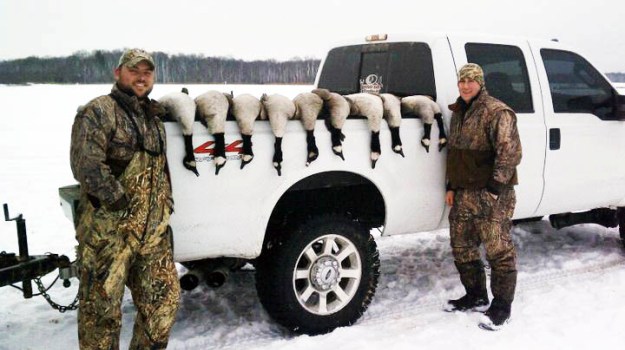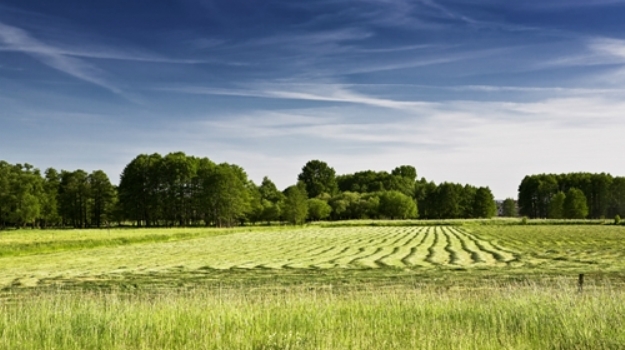
Editor’s Note: Cory Dukehart of Westminster, Maryland, is an avid waterfowler and Mossy Oak’s Atlantic flyway Regional ProStaff Manager.
As I explained yesterday, we have both a resident Canada goose season and a flyway Canada goose season. Many other states also have different seasons and bag limits for resident geese like we do here in Maryland. Maryland goose hunting is famous all over the country. Most of the hunters who come to Maryland to hunt geese hunt the Eastern Shore. The Eastern Shore geese are the Atlantic flyway geese. But on the western shore, there are a large number of resident geese, and they have very little hunting pressure. There are positives and negatives for hunting both sides of Maryland, and I’ll try to explain it to you the best I can.
 In Maryland, goose hunters have the option to hunt flyway geese or resident geese. On the western side of the state in about three counties, you can hunt resident Canada geese through the end of February. Each hunter can take five geese per day. On the eastern side of the state, Canada goose hunting ends the second week of January, and you can only take two geese per day, since this region is where most of the goose hunting pressure is concentrated. Because the resident geese aren’t getting as much hunting pressure as the flyway geese, you'll probably assume the resident geese are much easier to hunt than the flyway geese - but this isn’t necessarily true. In the resident goose zone, you can’t run-and-gun like you can in the flyway goose zone. By that I mean, when you see a group of resident geese flying to a certain field to feed, getting permission to hunt that specific field may be tough. But if you get permission to hunt on another field that may be close to the field where you haven’t gotten permission to hunt, you still may be able to take some resident geese. However, you won’t be able to take as many as you can if you have permission to hunt the field where the geese are going.
In Maryland, goose hunters have the option to hunt flyway geese or resident geese. On the western side of the state in about three counties, you can hunt resident Canada geese through the end of February. Each hunter can take five geese per day. On the eastern side of the state, Canada goose hunting ends the second week of January, and you can only take two geese per day, since this region is where most of the goose hunting pressure is concentrated. Because the resident geese aren’t getting as much hunting pressure as the flyway geese, you'll probably assume the resident geese are much easier to hunt than the flyway geese - but this isn’t necessarily true. In the resident goose zone, you can’t run-and-gun like you can in the flyway goose zone. By that I mean, when you see a group of resident geese flying to a certain field to feed, getting permission to hunt that specific field may be tough. But if you get permission to hunt on another field that may be close to the field where you haven’t gotten permission to hunt, you still may be able to take some resident geese. However, you won’t be able to take as many as you can if you have permission to hunt the field where the geese are going.
Resident geese are easy to pattern. They have certain ponds they like to be on and specific fields where they like to feed. They go to those fields, until they eat up all the feed and then move to another field. Getting permission to hunt in the resident zone is often not as easy as getting fields to hunt in the flyway zone.
There’s an advantage to hunting on the Eastern Shore of Maryland too. Because these geese do get so much hunting pressure, they move a lot more all day long than the resident geese on the western side of the state. If you're not hunting with an outfitter or a goose guide, finding a place to goose hunt here in Maryland will be hard. Most of the guides will be hunting on the flyway side of the state on the Eastern Shore. So, there's good news and bad news about where you should hunt geese in Maryland.
Day 3: Cory Dukehart Tells about Maryland’s Resident Geese
Tomorrow: How to Hunt Resident and Flyway Geese




























